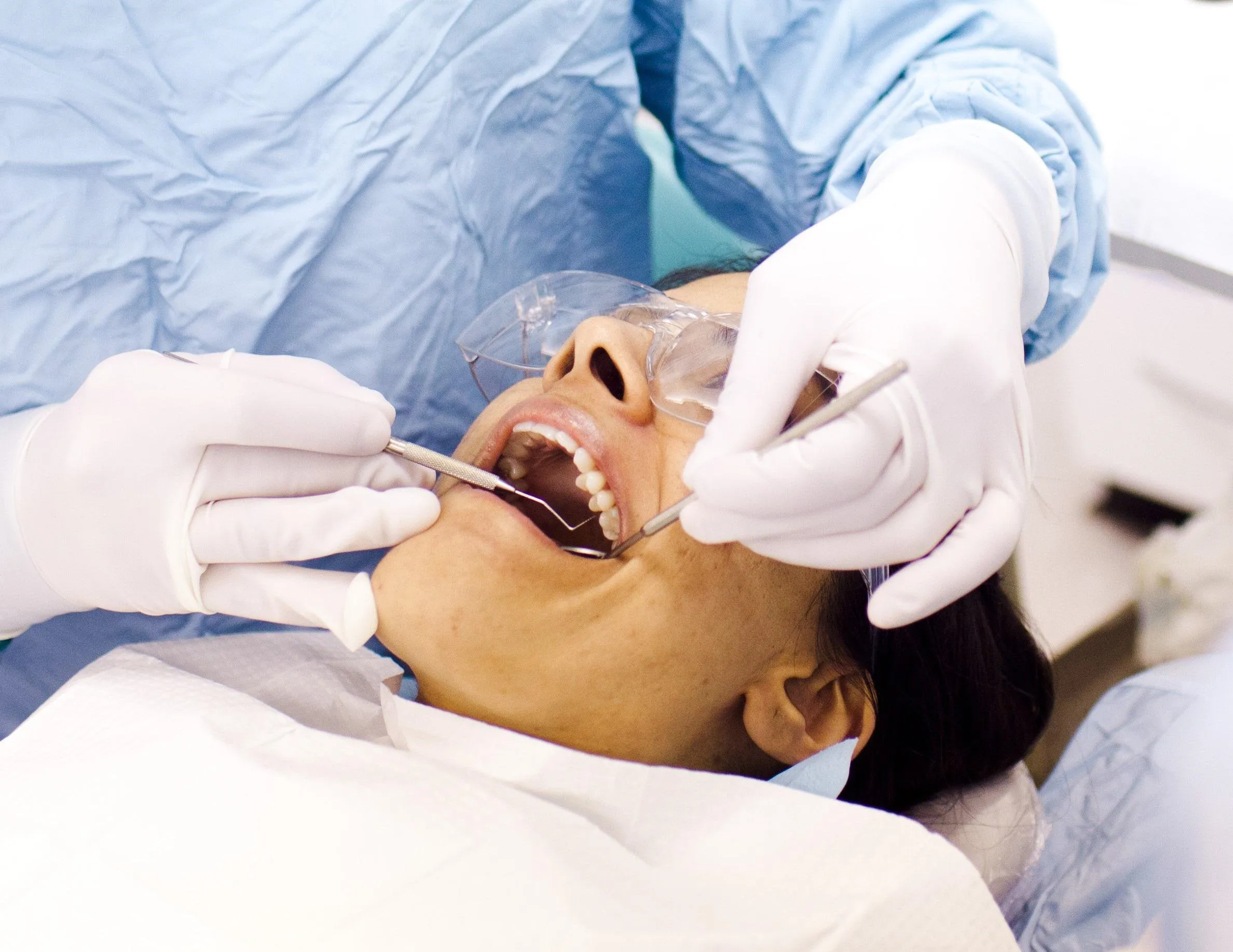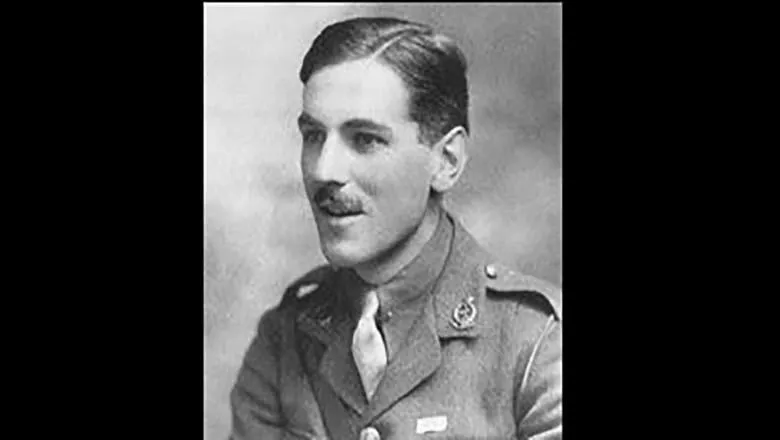
Phobia of dentists leads to more decay and tooth loss
People who have a severe fear of the dentist are more likely to have tooth decay or missing teeth, according to a new study from...
13 November 2018
The horrific new injuries that came with the First World War led to pioneering work in maxillofacial surgery by dentist William Kelsey Fry of Guy’s
The horrific new injuries that came with the First World War led to pioneering work in maxillofacial surgery by dentist William Kelsey Fry of Guy’s and his surgical partner, New Zealander Harold Gillies.
Prior to 1914, the treatment of jaw diseases and injuries sat between two specialities – a surgeon couldn’t provide appropriate treatment alone and neither could a dentist. This meant that patients weren’t always treated as fully as necessary, or sometimes not at all. Fry and Gillies noticed this gap and started treating patients with these types of issues together for the first time, effectively rescuing them from the ‘no-man’s land’ between dentistry and surgery.
Fry trained at Guy’s as both a doctor and a dentist and had just been appointed a lecturer at the Dental School when he joined the Royal Army Medical Corps at the outbreak of WW1. He was awarded the Military Cross after the Battle of Festubert in 1915 and was later wounded and evacuated to the UK.

At Queen Mary’s Hospital, Sidcup, with Fry looking after the hard tissues, and plastic surgeon Gillies caring for the soft, they revolutionised the treatment of the facial injuries from explosive shells and high velocity missiles that were suffered by 15 per cent of all WW1 soldiers who survived and were sent for treatment.
Their work was recorded by the surgeon and artist Henry Tonks, who made a series of pastel drawings recording injuries and stages of treatment, now displayed at the headquarters of the Royal College of Surgeons.
Fry returned to Guy’s after the war and became one of the leading oral surgeons in the country, developing new treatment techniques for patients with cleft palates and other facial deformities. He became President of the British Dental Association, and his book The Dental Treatment of Maxillofacial Injuries (1942) became a leading textbook in the field. He was knighted in 1951.
Fry’s work has paved the way for decades of innovation at the Faculty of Dentistry, Oral & Craniofacial Sciences at King’s, helping to understand disease, enhance health, restore function in the mouth, jaw, neck and neck.